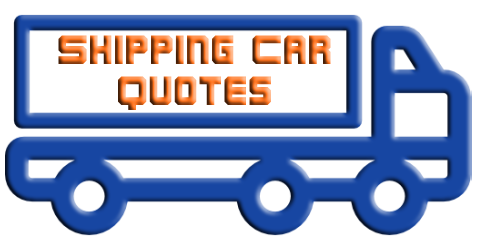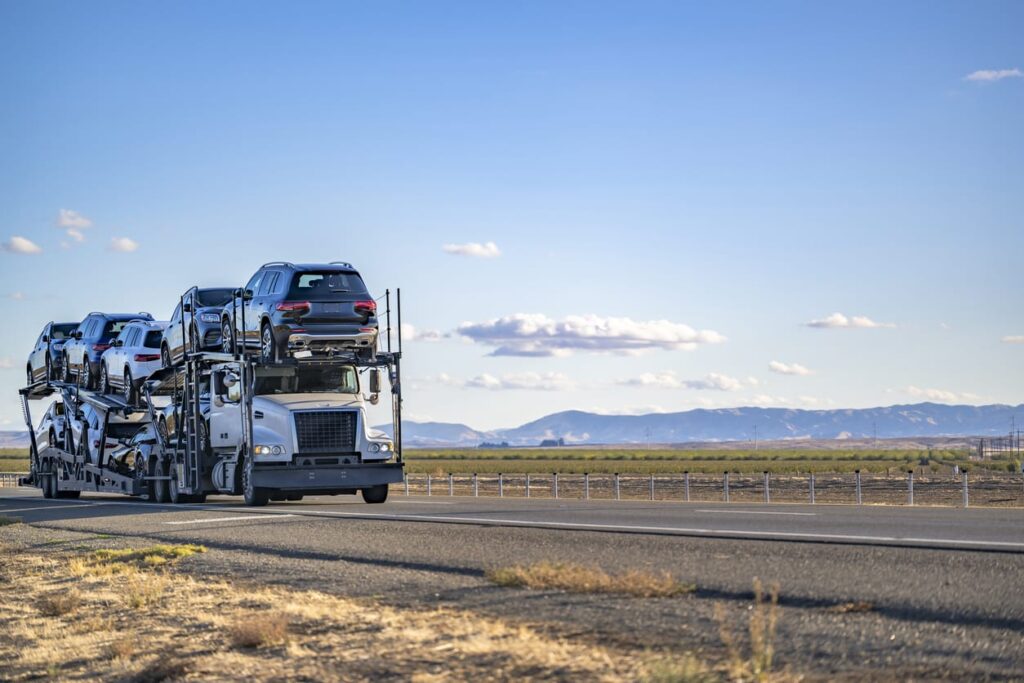The vehicle salvage transportation industry plays a vital role in moving damaged, totaled and unwanted vehicles from one location to another in a safe and efficient manner Salvage Vehicle Transport.
This article will provide an in-depth look into what salvage car transport entails and the key aspects of this specialized sector of the auto transportation industry.
What is salvage car transport?
Salvage car transport refers to the process of transporting vehicles that are considered damages beyond repair, total losses or otherwise unusable due to significant mechanical issues or accidents to be scrapped, repaired or reused for parts.
Salvage transporters utilize enclosed car carriers with the capacity to haul multiple vehicles securely and in an organized fashion from places like auto auctions, insurance yards and body shops to scrapyards, rebuilders and parts dismantlers.
Types of salvage vehicles transported
There are a few main types of salvage vehicles that are commonly picked up and hauled by specialty car haulers:
- Totaled vehicles – Cars, trucks and other motor vehicles that have deemed a total loss by an insurance company due to the cost of repairs exceeding the vehicle’s cash value.
- Flood damaged cars – Vehicles that suffered water damage in floods, hurricanes or other natural disasters and cannot be restored for safe road use.
- Hail damaged autos – Vehicles with roofs, hoods, trunks and other exterior panels severely dented by hailstones, making repairs too costly.
- Stolen vehicle recoveries – Cars that were stolen and then recovered but sustained harmful distortion or broken parts during the theft.
- Used car trade-ins – Pre-owned vehicles turned in to dealers that need transport due to significant defects found upon inspection.
Equipment used for salvage car hauling
Given the nature of transporting harmed and problematic vehicles, salvage car carriers employ specialized rigs and tools:
| Equipment | Purpose |
| Multi-car enclosed haulers | Protect vehicles being transported from further harm from weather and safely contain up to 8-12 salvage autos. |
| Hydraulic lift gates | Easily load and unload vehicles with mechanical or rolling issues that cannot drive onto the carrier under their own power. |
| Safety chains and straps | Secure each salvage auto tightly to prevent any shifting during transport over long distances on roads and highways. |
| Winches | Assist skilled hauler operators in placing problematic vehicles in transport position on the carrier bed when mechanical means will not function. |
Key steps in a salvage transport job
While no two salvage car hauls are exactly alike due to the variability in vehicle conditions, transport companies generally follow these standardized procedures for each recovery and relocation task:
- Receive transport request details like pickup/drop off addresses, contact names, vehicle specifics and estimated payload.
- Dispatch the nearest available carrier and driver to the pickup point, scheduling lift gate/winch assistance if needed upfront.
- On arrival, inspect salvage autos to devise the safest load plan for balance and stability while transporting.
- Utilize hydraulic lift gates, winches and straps to load each salavage vehicle onto the hauler in the pre-set positions.
- Secure all salvage units tightly to the transport deck with industrial safety chains and straps.
- Conduct a final check of the load before departing each pickup location.
- Safely deliver fully-loaded salvage vehicles to scheduled drop points per the transport contract terms.
- Unload vehicles at destination using the same caution and tools as loading for each handoff.
- Confirm delivery and get signoff from receiving client.
- Return to home base or take on the next salvage transport job.
Benefits of specialized salvage car transport
While transporting harmed vehicles comes with certain complexities, specialized salvage carriers provide important benefits and services to their customers:
- Experience loading and hauling even heavily damaged autos in the safest, most efficient manner.
- Ability to accommodate unique transport needs not possible with standard car haulers.
- On-call lift gate, winch or flatbed services for severely impaired vehicles.
- Enclosed, multi-unit transport protects salvage units further during movement.
- Coverage across wider service areas compared to tow-truck or car hauling alternatives.
- Consistent, reliable service level meeting carrier commitments on delivery schedules.
- Secure vehicle transfer according to transport industry regulatory compliance standards.
The specialized sector of salvage car transport fulfills a critical logistical function by shuttling problematic vehicles to their next destinations, whether that be salvage yards, used parts markets or other locales, in a regulated and judicious manner Salvage Vehicle Transport.

